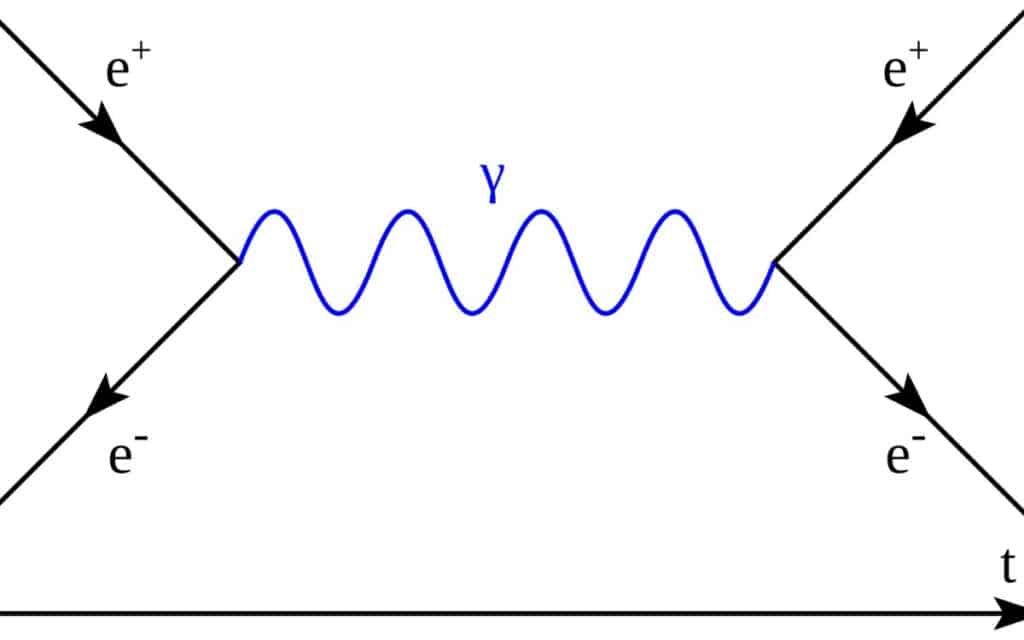Scientists are closer to solving the mystery of the most expensive substance in the world
- Antimatter is the most expensive substance in the world.
- Despite its rarity in nature, antimatter can be generated in small amounts through processes like cosmic ray collisions.
- Understanding antimatter is crucial for comprehending the fundamental nature of our cosmos.
Published on Mar 28, 2024 at 5:24 PM (UTC+4)
by Daksh Chaudhary
Last updated on Apr 02, 2024 at 6:56 PM (UTC+4)
Edited by
Tom Wood
Antimatter has long been dubbed the most expensive substance in the world, and scientists are now on the brink of unraveling its mysteries.
With recent breakthroughs in antimatter research, the scientific community is closer than ever to understanding this elusive substance.
In modern physics, antimatter is defined as matter composed of antiparticles, which are essentially the opposites of regular particles found in ordinary matter.
RED MORE: Scientist claims he has proof we are living in an advanced virtual world simulation
These antiparticles have reversed charge, making them incredibly interesting to scientists such as those working at CERN.
Despite its rarity in nature, the most expensive substance out there can be generated in small amounts through processes like cosmic ray collisions and certain types of radioactive decay.
However, artificially producing and handling antimatter remains an immense challenge due to its extreme cost and difficulty.
But why all the fuss about antimatter?
Well, for starters, it’s believed that antimatter could hold the key to unlocking some of the universe’s greatest mysteries.
If you like mysteries, how about learning about unidentified underwater objects – ever heard of those?
Understanding antimatter is crucial for comprehending the fundamental nature of our cosmos.

One of the most fascinating aspects of antimatter is its annihilation process.
When a particle collides with its antiparticle counterpart, they annihilate each other, releasing intense energy in the form of photons and other particles.
Despite the potential applications of antimatter in fields like medicine, scarcity and the challenges of production have hindered widespread use.
However, recent advancements in antimatter research, such as the successful formation of antihydrogen atoms and the observation of anti-nuclei, offer hope for future breakthroughs.
One of the biggest mysteries surrounding antimatter is its apparent absence in the observable universe compared to ordinary matter.
This matter-antimatter asymmetry is one of the most perplexing puzzles in the universe.

With scientists edging closer to unlocking the secrets of antimatter, the possibilities for groundbreaking discoveries are endless.
From understanding the origins of the universe to revolutionizing technology, solving the mystery of antimatter could mark a monumental breakthrough for science.
Some images in this article have been generated using AI
# Tags - antimatter, Science, scientists

Daksh Chaudhary
Meet Daksh: Not your typical pro, but definitely a pro at being fascinated by supercars, tech, and all things futuristic. When he's not nose-deep in work, catch him glued to anime screens or lost in the pages of a good book.




